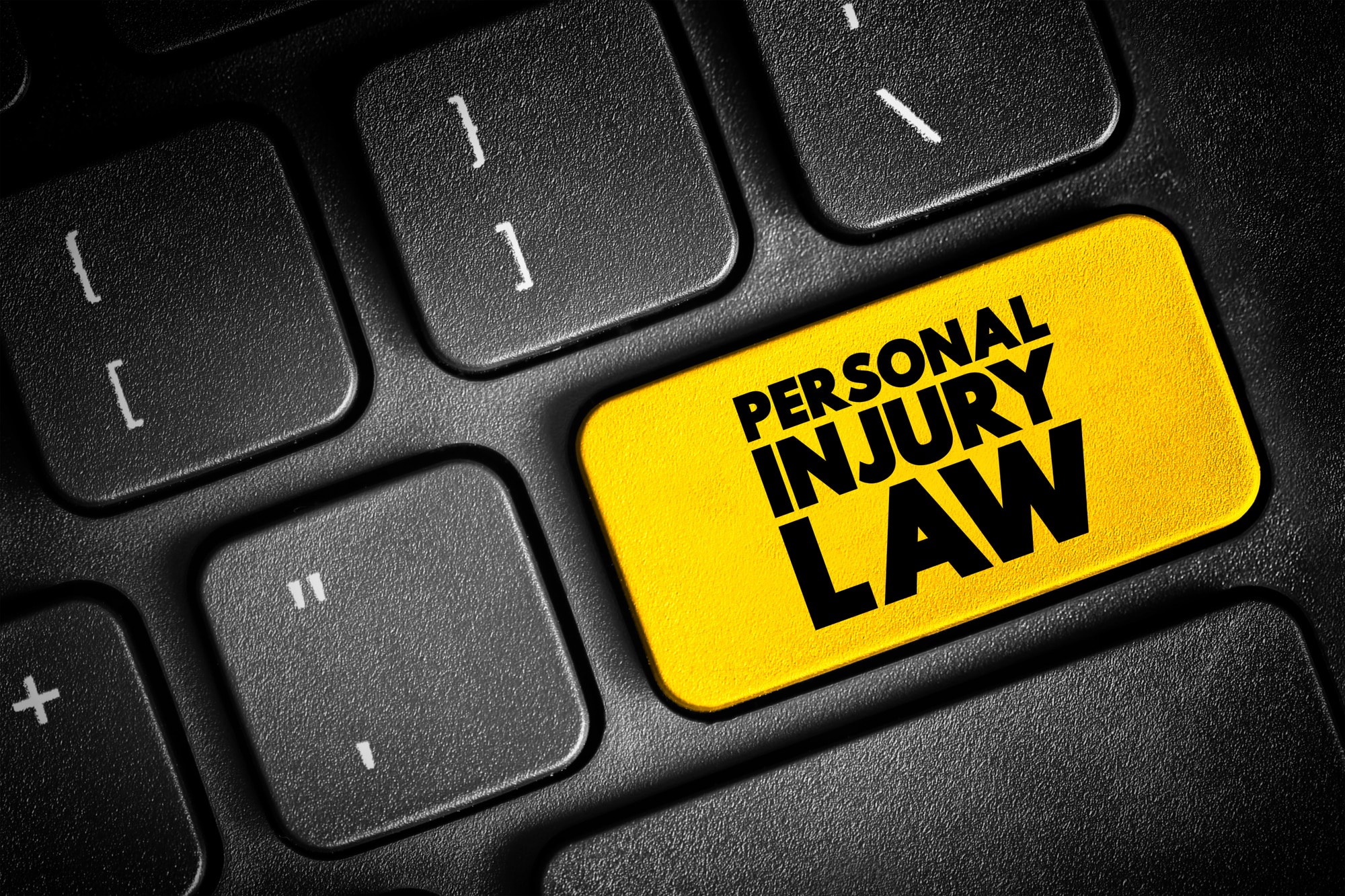
There are a few things you need to successfully prove a Colorado personal injury claim. The person filing the lawsuit (the plaintiff) has the responsibility to prove that the other party (the defendant) was negligent. This responsibility is called the “burden of proof.”
In personal injury cases, the burden of proof required is “a preponderance of the evidence.” This means the plaintiff must show that each element of their claim is more likely to be true than not.
An injury claim has four essential elements: duty, breach of duty, causation and damages. The plaintiff must address each element. They must be proven by a preponderance of the evidence for their case to be successful. Here is what you should know about each element.
Duty — The Responsibility Someone Has to Another
The duty someone has depends on the specific circumstances of the case and the relationship between the plaintiff and the defendant. Sometimes, a person has a special duty to another person.
For example, a hotel owner may have a duty to make a hotel reasonably safe for their guests. They are expected to do things like conduct background checks on employees and keep guests safe from harm by other guests.
Another example is a driver who has a duty to operate their vehicle with reasonable care. They driver does this by driving at a safe speed and being aware of their surroundings.
Breach of Duty in Personal Injury Cases
If a duty is established between the plaintiff and the defendant, the plaintiff must also show that the defendant breached that duty.
Maybe a store owner’s duty was to use reasonable care to protect shoppers from foreseeable harm. The plaintiff must then show that the store owner failed to do this.
In this example, maybe the owner ignored spills. Or maybe they failed to display “caution” signs when floors were wet, despite shoppers slipping and getting hurt previously.
Causation — Showing That a Defendant Caused Harm
In a Colorado injury lawsuit, proof that the defendant is the one responsible for the harm is required. Just because a duty exists between the plaintiff and the defendant and the defendant breached that duty does not mean the defendant is responsible. The plaintiff must also show that the defendant’s breach of their duty to the plaintiff caused harm to the plaintiff.
Maybe the plaintiff just left the hospital with a broken arm in a cast and was sitting in their car in the hospital parking lot when the defendant, who was driving while distracted, hit the plaintiff’s parked car, but did not cause any new injuries. The car collision was not the cause of the broken arm, so there is no causation.
Damages in a Colorado Personal Injury Case
Determination of damages is the final essential element of a negligence claim. The plaintiff must show that they were harmed by the defendant’s actions. Plaintiffs can prove physical and emotional damages using medical bills, missed time from work, damage to personal property, or other ways their lives were affected.
This may seem like a lot of steps. Luckily, experienced lawyers can guide their clients through the process to obtain the best possible results.
At Keating Wagner Polidori Free, we use years of experience to successfully represent plaintiffs in Colorado personal injury liability cases. To get started, contact our attorneys for a free confidential consultation. Call 303-534-0401.





